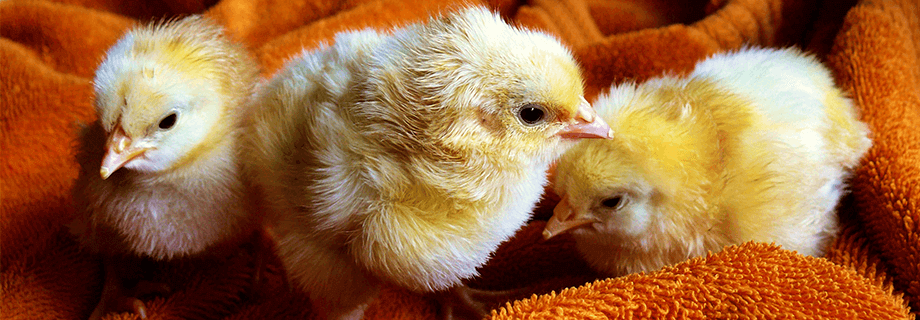Younger Animals More Likely To Be Energy Deficient

Recently, I was looking over a presentation that someone sent me, and I saw one slide on energy values of fats and oils based on age. It focused on the point that younger pigs and chickens have lower metabolizable energy values for these high-energy ingredients compared to the values for older animals. This is one of these things that I learned long ago, but honestly haven’t thought about in a while – younger animals have less developed digestive systems than older ones, and thus, are less equipped to get as much out of a diet. This is why more care (usually resulting in higher cost per unit) is put into diets for weanling piglets and starter broiler chicks. Considering the extensive thought that goes into these formulations, and since the fat/oil component is one small piece (typically less than 5%), it’s easy to forget about how this component might be affected by age of the animal.
I’ve blogged before about the importance of dietary energy levels. Animals have certain metabolizable (i.e., useful for productive purposes) energy requirements that allow them to maximize productivity. Ingredients supply differing amounts of energy based on many factors. Fats and oils are energy-rich ingredients and are often used to satisfy the energy requirements in a formulation – a little goes a long way in terms of supplying energy.
Anyway, after I saw this slide, I looked up the articles that were referenced. There were some interesting studies and data behind this slide (see here for further reading). In particular, I found this data set interesting (see below):
The different treatments in this study were designed to have different apparent metabolizable energies (AME) of the fats – basically more or less usable fats as measured by higher or lower AME values. Soy oil or tallow (beef fat), of either high or low quality, were used. I included the age of the birds that were fed, and you can clearly see that younger birds (1.5 weeks of age) did a worse job of utilizing the fat/oil for energy compared to older birds (7.5 weeks of age). The difference between the best and worst, within 1.5 weeks of age, was quite substantial – 30% swing between the two extremes, which when formulating a commercial diet for animals is gigantic. Also, the differences between high and low qualities were more pronounced with tallow than soy oil. Energy in absolute terms is the most expensive component of a formulation, and other key nutrients are pegged to this energy value.
So, this is where selection of ingredients with, or solely consisting of, fats/oils becomes critical. When formulating a diet for young animals, choose consistent, high-quality ingredients from a good supplier. Is your supplier managing their process as well as they should be? Are you using ingredients that are cheaper, but highly variable and with low-quality fat? All things worth considering to get young animals off to a good start. At Insta-Pro Intl, we pride ourselves on high-quality ingredients that are developed by our nutritionists through feeding trials and studies. Send us a message to learn more on feeding younger animals.




